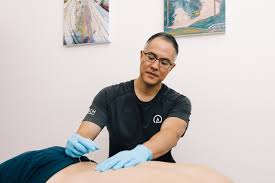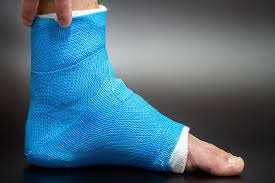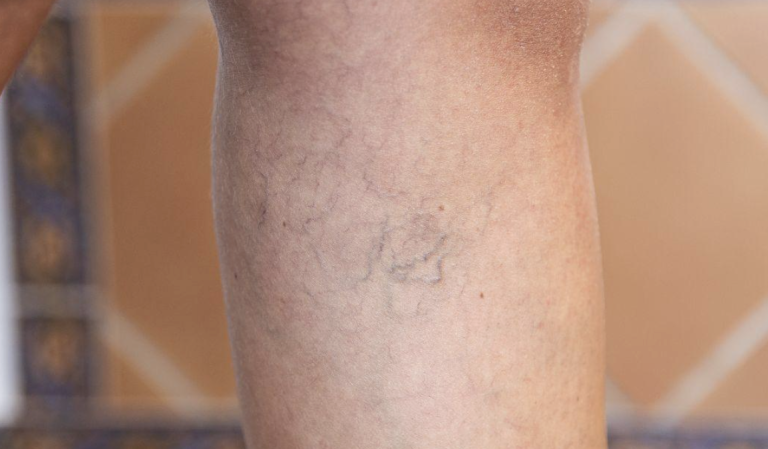Visiting an acupuncturist for the first time begins with a health consultation and a discussion of your goals. Providers often ask about symptoms, lifestyle, medical history, and previous treatments, including therapies like microneedling or massage. The initial assessment may include tongue observation, pulse evaluation, and palpation of certain points. This information guides the provider in choosing where and how to place the needles. The overall goal is to develop a plan based on your body’s specific patterns.
How Should You Prepare in Advance?
Avoid caffeine, alcohol, and large meals immediately before your appointment. Wear loose-fitting clothing that allows easy access to legs, arms, and the back. If you have undergone treatments like microneedling recently, inform your acupuncturist so they can adjust accordingly. Bring a list of medications, supplements, and prior medical diagnoses to support a thorough evaluation. Arrive early to complete intake forms and ask any initial questions.
You’ll typically lie on a padded treatment table in a quiet room. The provider will insert sterile, hair-thin needles into specific acupuncture points. These may be located far from the area where symptoms occur. Most people report minimal discomfort during insertion, and many feel relaxed once the needles are in place. The needles remain for 20 to 30 minutes, depending on the session’s purpose.
What Sensations Are Normal to Feel?
You may feel a slight tingling, heaviness, or warmth around the needle sites. These are common and suggest that the body is responding to stimulation. If you experience sharp or intense discomfort, let your provider know immediately. It’s also normal to feel drowsy or calm during and after the treatment. Most reactions are temporary and resolve shortly after the session.
Although microneedling and acupuncture both involve the use of fine needles, their purposes differ. Microneedling creates micro-injuries in the skin to promote collagen production, while acupuncture targets internal balance through meridians. Acupuncturists focus on energy flow and systemic wellness rather than structural skin repair. Both methods are noninvasive but used in entirely separate contexts. Understanding the distinctions can help guide your decision about which therapy to pursue.
After your visit, rest and hydration are generally advised. Avoid strenuous activity and alcohol for the remainder of the day. Some people feel energized, while others experience a period of fatigue as the body responds to treatment. Eat balanced meals and avoid skipping food following your session. Track how you feel over the next few days and bring up any changes at your next appointment.
When Will You Notice Results?
Some individuals feel immediate relief after their first acupuncture session. Others may need several treatments before noticing consistent changes. Your provider will recommend a plan based on your specific needs and response. Results depend on the nature and duration of the condition being treated. Regular sessions may be scheduled weekly or biweekly, depending on progress.
Schedule a Microneedling Consultation
At the end of your visit, your provider may discuss follow-up sessions, lifestyle adjustments, or complementary therapies. Keep a record of how you feel between appointments to inform ongoing care. If you’re considering combining acupuncture with other services, such as microneedling or massage, speak with both providers to coordinate safely. Staying consistent and communicative supports better outcomes. Be open about what’s working and what’s not as your treatment continues.
- crypto30x com zeus Review: Is It the Best Platform for U.S. Crypto Traders in 2025?
- Super Scatter Juara100.org Medal: The Ultimate Guide to Winning Big in Online Gaming
- Ziuqyazhmizz: Ancient Slavic Practice Explained – Meaning, Benefits & Daily Life Guide
- Zaxtexporoz: A Simple Guide to Xcer Tools, Digital Trends, and Smart Solutions
- Casîo: A Symbol of Innovation, Durability, and Global Trust




